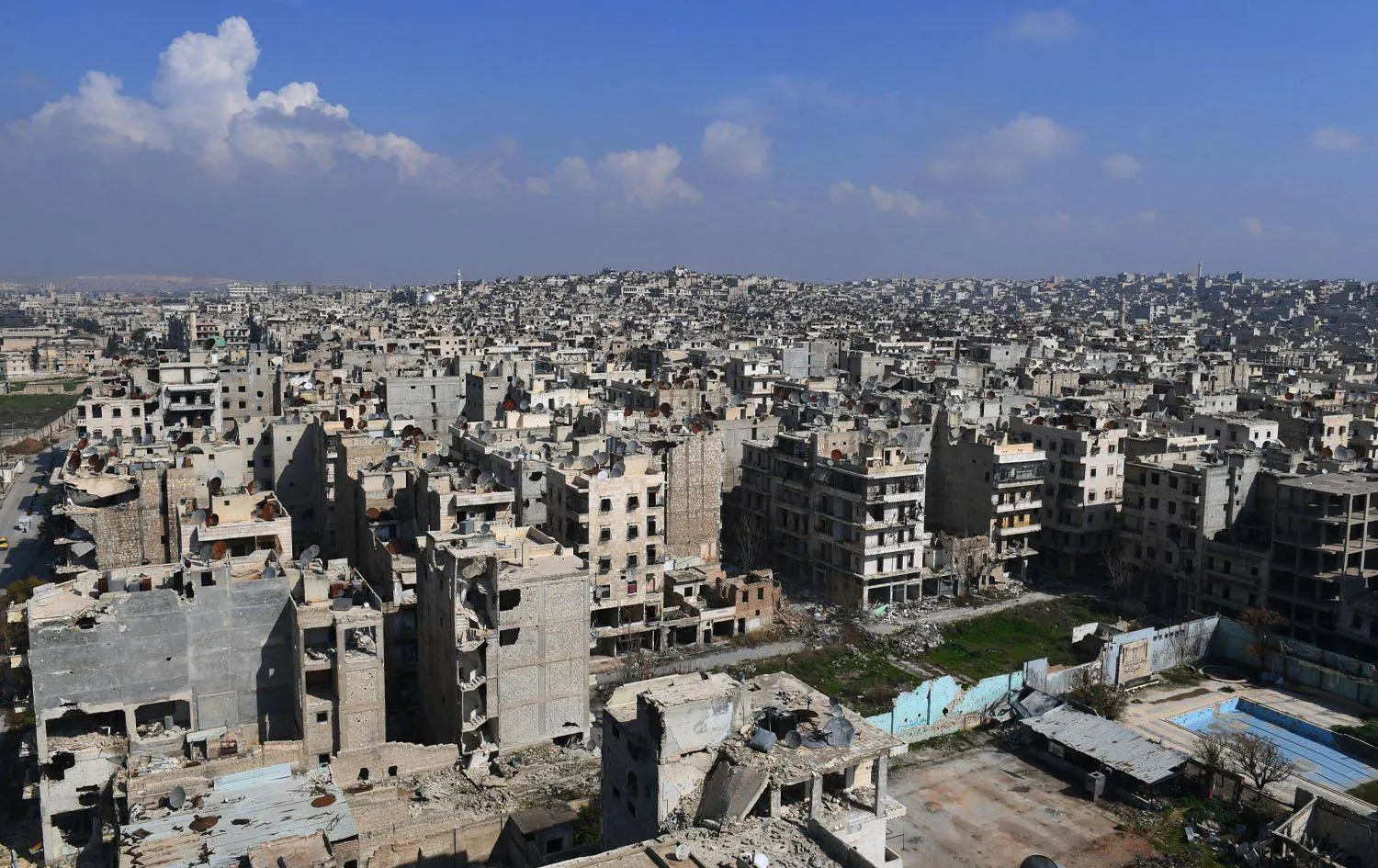The Arab League has postponed its ministerial meeting till Tuesday, which raised questions about the reasons behind this delay, especially amid current developments.
Sources in the Arab League General Secretariat and official diplomatic missions stated that the delay was due to attempts by Qatar and Libya’s Government of National Accord (GNA) to obstruct the meeting by creating issues over the agenda.
Earlier, Egypt called for an emergency meeting for Arab foreign ministers on developments in Libya and managed to mobilize the consensus needed of member states to hold the meeting.
The meeting was supposed to be held Monday via video conferencing, after Egyptian President Abdel Fattah El-Sisi announced that “any direct intervention from the Egyptian state has now acquired international legitimacy.”
Sisi also warned that his country has the right to defend itself after receiving “direct threats” from “terrorist militias and mercenaries” supported by foreign countries.
Sources at the Arab League’s general secretariat indicated that GNA and Qatar sought to postpone the session, fearing the agenda of the meeting might include an item relating to the illegitimacy of GNA, or decisions that condemn the Turkish intervention and occupation of an Arab state.
The sources explained that the GNA-Qatari attempt was to avoid a possible claim to activate the Joint Arab Defence and Economic Co-operation Treaty, which will further legitimize the Egyptian intervention in Libya.
The General Secretariat has succeeded in reaching a consensus on the common goal among all Arab countries, which include: ceasefire, resumption of a political solution, dissolution of the militias, and the removal of all mercenaries from Libya, the sources told Asharq Al-Awsat.
An Arab diplomatic source also spoke of Oman’s efforts to reach an agreement among all member states, stressing that the meeting will be held on Tuesday.
According to a source at the Arab League, the ministerial meeting will also discuss the issue of the Grand Ethiopian Renaissance Dam (GERD), where the Egyptian Foreign Minister, Sameh Shoukry, will give a statement on the latest developments.
Meanwhile, the Egyptian Foreign Minister had a phone call with the Omani Minister Responsible for Foreign Affairs, Yousef bin Alawi, who is the chairperson of the urgent session of the Arab League ministerial meeting.
The Egyptian Foreign Ministry spokesman, Ahmed Hafez, said the two officials discussed a number of regional issues of common concern and recent developments in the region.
They also addressed the agenda of the Arab League Council for the forthcoming ministerial session under Oman’s presidency of the current session.









